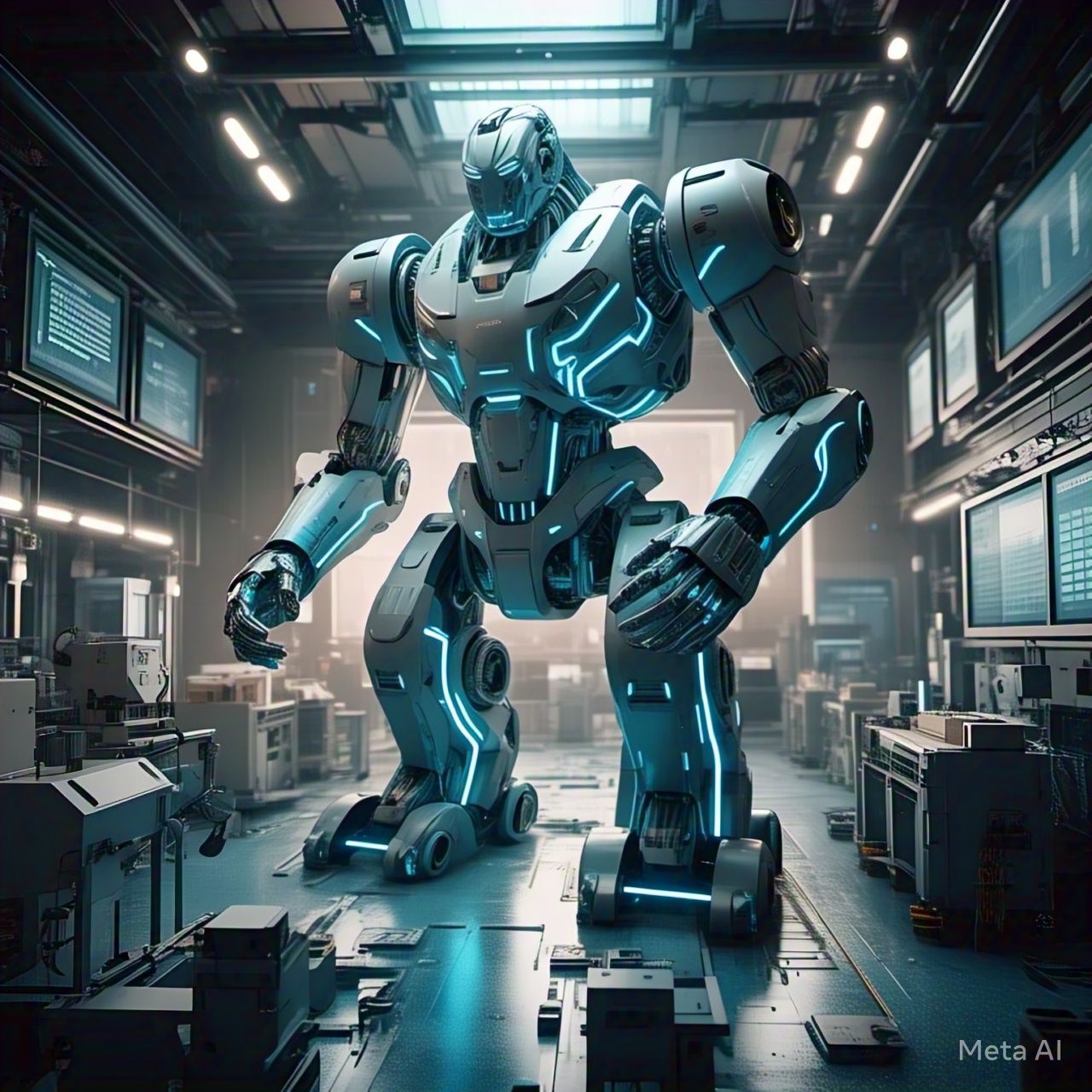Table of Contents
- Introduction
- Understanding Neuromorphic AI
- Key Principles of Neuromorphic AI
- Applications and Benefits
- Exploring Superconducting AI
- How Superconductors Enhance AI
- Advantages Over Traditional AI Hardware
- Key Differences Between Neuromorphic and Superconducting AI
- Challenges and Limitations
- Future Prospects and Integration Possibilities
- Conclusion
- FAQs
Introduction
Artificial Intelligence (AI) is evolving at an unprecedented pace, driven by innovations in computational models and hardware technologies. Two of the most promising approaches shaping the future of AI are Neuromorphic Computing and Superconducting AI. These two paradigms offer unique advantages in terms of efficiency, speed, and energy consumption. This article explores the key differences, benefits, and challenges of these cutting-edge AI approaches.
Understanding Neuromorphic AI
Neuromorphic AI is a computing approach inspired by the human brain’s structure and function. Unlike traditional von Neumann architectures, which separate memory and processing units, neuromorphic systems integrate these functions, enabling efficient parallel processing.
Key Principles of Neuromorphic AI
- Spiking Neural Networks (SNNs): Unlike conventional deep learning networks, SNNs use spikes (discrete electrical pulses) to represent and process information.
- Low Power Consumption: Mimicking the brain’s efficiency, neuromorphic chips consume significantly less energy compared to traditional processors.
- Event-Driven Processing: Neuromorphic AI only processes data when a significant change occurs, reducing redundant computations.
Applications and Benefits
Neuromorphic AI has found applications in:
- Edge computing for real-time decision-making (e.g., self-driving cars, IoT devices)
- Brain-computer interfaces for medical applications
- Robotics for efficient autonomous movement and adaptation
Exploring Superconducting AI
Superconducting AI leverages superconductors to enhance computing performance. Superconductors, materials that exhibit zero electrical resistance at low temperatures, enable extremely fast and energy-efficient data processing.
How Superconductors Enhance AI
- Rapid Signal Transmission: Superconducting circuits enable near-instantaneous data transfer.
- Reduced Energy Loss: Zero resistance leads to minimal power wastage.
- Quantum Effects: Leveraging quantum coherence, superconducting AI could lead to significant computational breakthroughs.
Advantages Over Traditional AI Hardware
- Higher Computational Speed: Superconducting AI can process data orders of magnitude faster than conventional silicon-based processors.
- Ultra-Low Power Consumption: The absence of electrical resistance significantly reduces energy requirements.
- Scalability: The potential for building large-scale AI models without excessive heat generation.
Key Differences Between Neuromorphic and Superconducting AI
| Feature | Neuromorphic AI | Superconducting AI |
|---|---|---|
| Inspiration | Human Brain | Quantum and Electromagnetic Principles |
| Processing Model | Spiking Neural Networks | High-speed Signal Processing |
| Power Consumption | Low | Ultra-Low (Near Zero) |
| Speed | High | Extremely High |
| Scalability | Moderate | High |
| Current Applications | Edge Computing, Robotics, Medical Devices | High-Performance Computing, Cryptography |
Challenges and Limitations
Despite their promise, both neuromorphic and superconducting AI have limitations:
Neuromorphic AI Challenges
- Complexity in Training SNNs: Spiking neural networks require different learning paradigms compared to traditional deep learning.
- Lack of Standardization: Neuromorphic hardware varies across different platforms, making software development challenging.
Superconducting AI Challenges
- Cryogenic Requirements: Superconductors require extremely low temperatures, increasing infrastructure costs.
- Limited Commercial Deployment: The technology is still in its infancy and requires further development for widespread use.
Future Prospects and Integration Possibilities
The future of AI may involve a hybrid approach, integrating both neuromorphic and superconducting principles:
- Neuromorphic Superconducting Chips: Combining the brain-inspired architecture of neuromorphic AI with superconducting materials could lead to ultra-efficient AI systems.
- Quantum Neuromorphic AI: Leveraging quantum properties in neuromorphic computing may unlock new frontiers in AI development.
- AI-Driven Material Discovery: AI itself can accelerate research in superconducting materials, potentially overcoming current cryogenic limitations.
Conclusion
Neuromorphic AI and Superconducting AI represent two distinct yet transformative pathways in artificial intelligence development. While neuromorphic computing aims to mimic human cognition, superconducting AI seeks to push computational speed and efficiency to unprecedented levels. As research progresses, the convergence of these technologies could revolutionize how AI systems operate, leading to breakthroughs in robotics, healthcare, and high-performance computing.
FAQs
1. Which AI approach is more energy-efficient: Neuromorphic or Superconducting AI?
Superconducting AI has near-zero energy loss due to its zero electrical resistance, but neuromorphic AI is highly efficient at low power consumption, making both strong contenders in energy efficiency.
2. Can neuromorphic AI replace traditional deep learning?
Not entirely. While neuromorphic AI offers advantages in real-time processing and low power usage, traditional deep learning remains dominant for large-scale data analysis and training.
3. What industries could benefit the most from superconducting AI?
Industries requiring high-speed computing such as financial modeling, cryptography, and scientific simulations could benefit immensely from superconducting AI.
4. Are there any real-world applications of superconducting AI today?
Currently, superconducting AI is in the experimental phase, with research institutions exploring its potential in quantum computing, neuromorphic research, and high-performance AI models.
5. Will neuromorphic AI be integrated into everyday devices?
Yes, neuromorphic AI is already making its way into edge computing devices, smartphones, and wearables for real-time data processing.
6. How soon can we expect superconducting AI to be commercially available?
While research is advancing, widespread commercial availability may take another 10-20 years, depending on advancements in cryogenic technology and material science.
7. Can neuromorphic and superconducting AI be used together?
Yes, researchers are exploring hybrid systems that combine neuromorphic architectures with superconducting materials, potentially leading to AI systems that are both efficient and extremely powerful.




